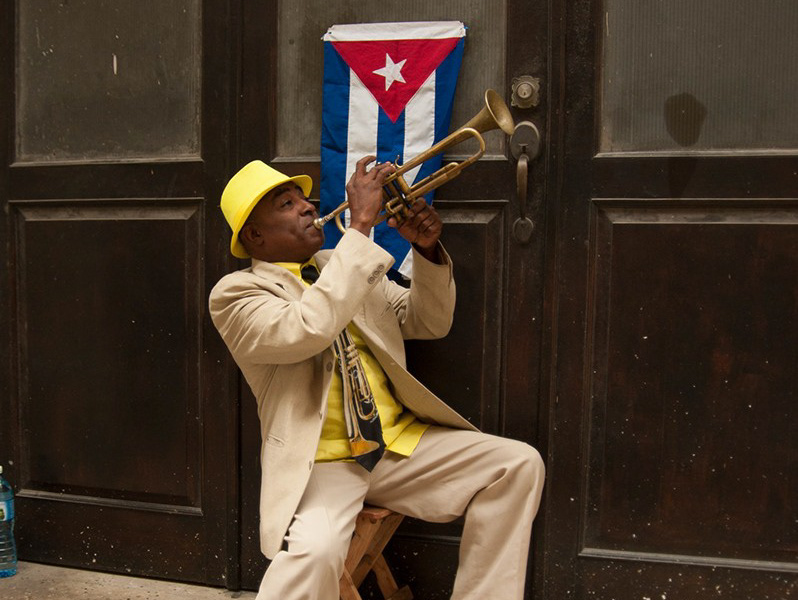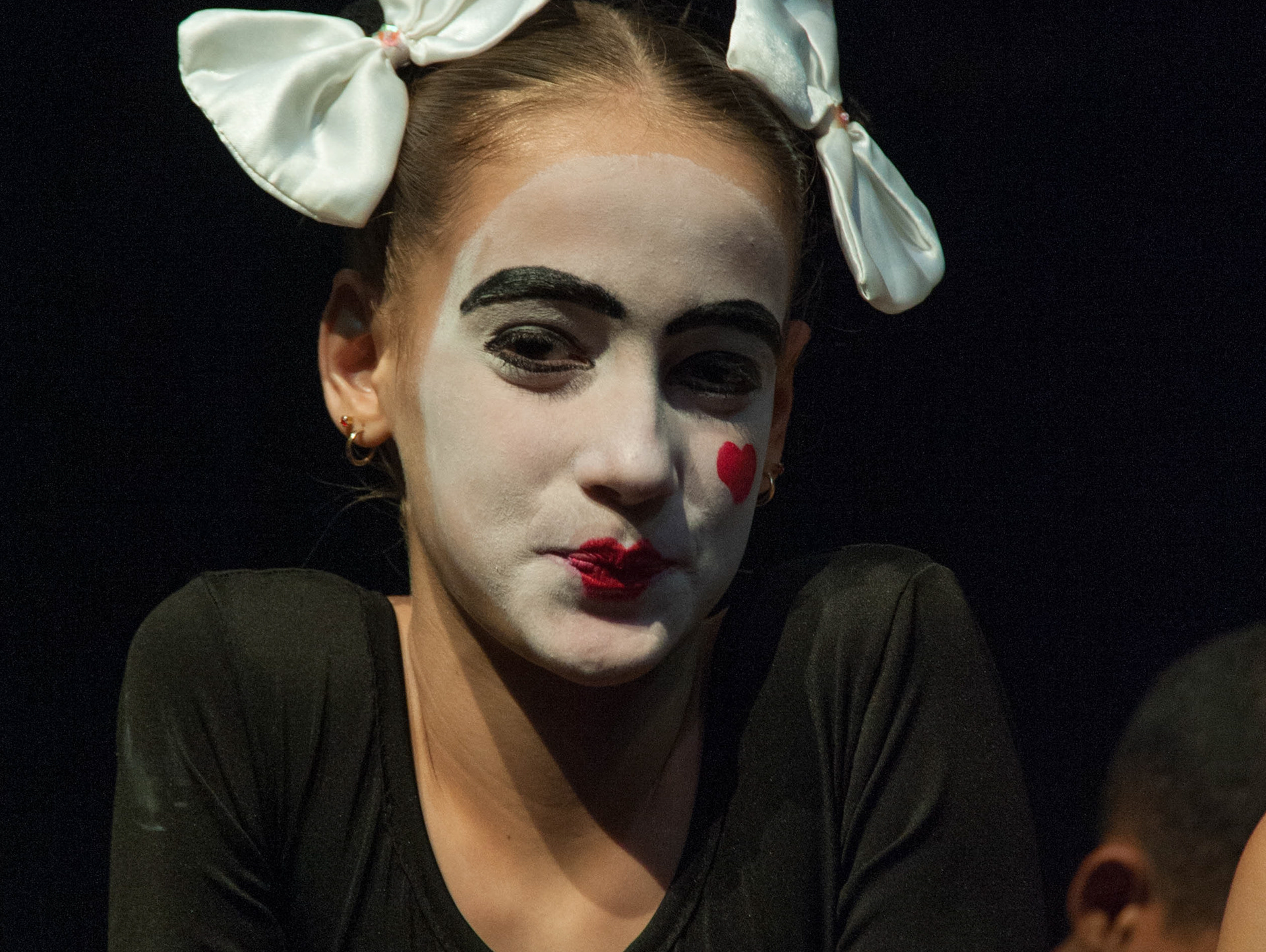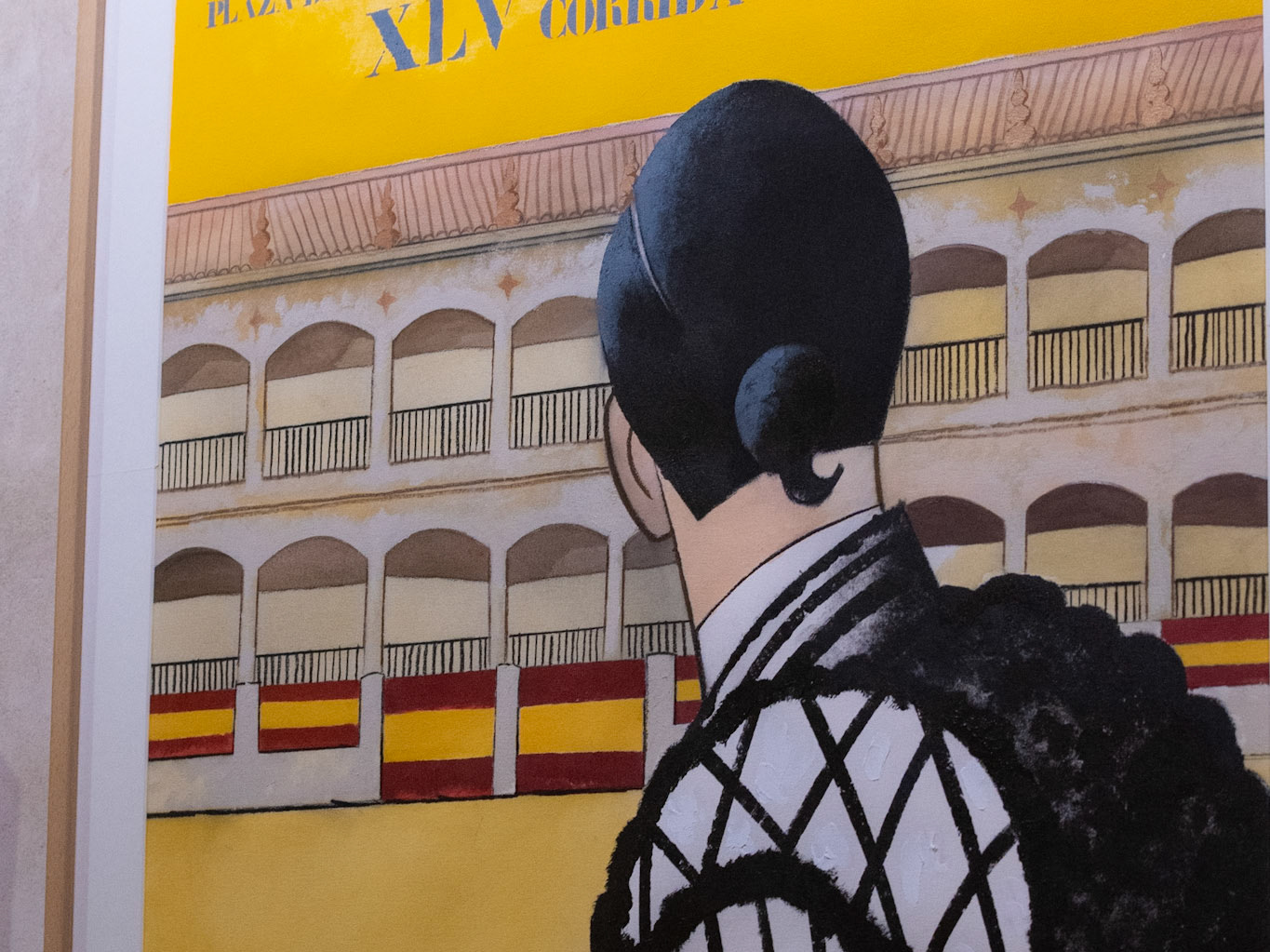In Santiago de Cuba, we arrive at yet another Revolution Square, this one dominated by a statue of Antonia Maceo, a mulatto General from the 1st war of Independence, late 1800s.
Plaza Revolucion is surrounded by commemoration of more recent heroes..."Rebel yesterday, hospitable today, always heroic".
On an adjacent warehouse, "Always waiting for the victory", "Until forever, Commandante", and"It's time to shout revolution, it's time to feel more Cuban."
The manufacturer of most vehicles are celebrated in paint or windshield stickers, in this case International Harvester. IH was an American truck and farm equipment manufacturer. Here passengers crowd onto a "camione" created by welding up a truck bed accessed by stairs for passengers. This is said to be the least expensive motorized transportation in Cuba, used for urban and interurban travel.
A 1958 Plymouth station wagon followed by 2 camiones. Antique American station wagons are ubiquitous in Cuba, refitted to haul many passengers or large payloads. In contrast, in the US most station wagons were scrapped as not particularly desirable. They are thus now rare and highly collectible. This Plymouth does not have the obvious alterations in suspension visible on most American antique cars in Cuba, though the raised roofline and roof rack suggest it is used to transport heavy loads.
One of the more remarkable camiones: the hood has been welded shut, and it has been cut across the fender presumably opening by swinging th whole front of the truck forward from near the windshield. A huge gas tank has been added. Heavy smoke billows from the tailpipe which exits just in front of the left rear wheel. It is loaded with passengers.
We were taken to the cemetery where Fidel is buried. Fidel (and his brother Raul) said that he did not want any memorials or statues to him. What is here is a rock with a large plaque stating only "Fidel".
Photographs were taken from a distance which obviated paying a stiff entry fee just before closing time. We were told to move on from closer photographic spots by the police even though our Cuban tour guide was with us.
Changing of the guard
The Moncada barracks which Fidel attacked in an unsuccessful bid to start the revolution in 1953. He was jailed and most of his corevolutionaries were killed, captured or executed. Fidel was released by Batista several years later for reasons which are reported in subsequent accounts from a desire to show Batista was confident and wasn't at risk from revolutionaries, to releasing Fidel because of pressure from other Cubans.
While the building is well painted, pains were taken to preserve bullet holes. The building now contains a school as well as a museum to the battle. The date on which it occurred was adopted by Fidel to name his 26th of July Movement.
After gaining power, Fidel personally drove the bulldozer that took down the outer walls. These were subsequently reconstructed. The grounds are now used for recreation.
A military memorial to the "Spanish American War", known in Cuba as the War of Independence. This is in fact the San Juan Hill up which Theodore Roosevelt led his "Rough Riders". Some historians have pointed out this campaign and other publicity were in part designed to enhance Roosevelt's "tough" image. I read something in preparation for our tour that suggested Roosevelt had led his men up the wrong hill. Our tour leader pointed out the extremely small size of this hill, evident in the next photo, and suggested that the loss of life resulting from this uphill charge might have been avoided by simply surrounding the hill and awaiting Spanish surrender.
The veranda of a nightclub in Santiago de Cuba in the area where "Son", an Afro-Cuban music form, originated. Apparently not frequented by Americans, when we entered the waitress came up to us and threw her arms around us thanking us "Americanos" for coming. We were flattered.
On the way to the hotel in Santiago de Cuba, our tour guide took us into a nearby neighborhood comprised of large houses distributed down both sides of a broad parkway: parallel roads separated by a lovely greenspace with grass, trees, and flowers. The homes were immense. We stopped in front of one, which was the former home of the Bacardi family. This family started their rum production empire in Cuba, and were forced to leave when the Cuban people took over the country during the Revolution. We found that all of these houses had belonged to similarly-wealthy people, most or all of whom also left.
This got me wondering: What happens to the physical trappings of immense wealth when the families are forced to leave? I decided to come back on my own and study this neighborhood.
One can imagine a former "glory" in which families lived in these elegant surroundings, cared for by servants, groundskeepers...the whole thing. One can imagine people of color dressed in uniforms arriving on public transportation, and getting back on their busses to leave before sundown. So, would revolutionaries of poorer origin burn the neighborhoods of the gentry? As it turns out, house after house was very nice. They are maintained and rebuilt by government workers to appearances that are much nicer than what one would expect from buildings put to government use.
The buildings are all owned by the Cuban government and are all being kept up and used. As museums (this a museum of music),.....
...tuition-free preschools, housing for a government commission focussed on Africa, etc.
Jose Marti, "Men will gather who sow schools." This same bust is seen frequently throughout Cuba.
Morning traffic includes walkers, people passing through on their way to work, and many students of all ages.
The red-roofed towers of the Bacardi mansion dominate the street scene.
A playground whose concealing walls are adorned by colorful uninhibited Cuban artistry.
A camione passes, whose body started life as a Buick sedan.
This house has been redeveloped into a beautiful hostel.
A camion discharges adults and students.
A 2-wheeled donkey cart carrying brush passes a student and parent.
At a prescribed time, lines of vehicles discharge mobs of people--presumably students, teachers, and others.
The Bacardi mansion. Immense, it now serves as a school....
with beautifully-preserved leaded glass and carved wood details....
...and a MiG 15 Soviet-era fighter jet in the front yard. This now serves as playground equipment for the students.
Harbor, Santiago de Cuba: The government is finishing a beautiful new facility to cater to yachting persons. There are few yachts as yet, inhibited by a US law which proscribes any boat that visits a Cuban harbor from visiting US ports for 4 months.
Nonetheless, we saw an Israeli boat, whose owners plan to head back to Israel directly from Cuba, and....
a yacht from France.
This small wooden boat has an inboard engine whose source one can only imagine since the boater got away from the dock before I could examine it further.
Guarding the narrow entrance to the Santiago de Cuba harbor is Castillo de San Pedro de la Roca, from 1643. Nicely kept up as a national park, there are reportedly nightly cannon firings.
Typical tourist fare, including images of Che Guevara and Havana Club logo.
Hotel Melia Santiago de Cuba
Evening walk: we were the only tourists out on foot...
An evening haircut.
Tall Soviet era apartments. Apartments in Cuba are at a premium. We were told that in Cuba 3 generations typically live in the same house or apartment. "Moving" is virtually unheard of, because there is no where to move to.
A 4 door station wagon which would have been a Chrysler, a Dodge, or even a Plymouth originally. Now heavily modified, but rare even in Cuba.
1956 Chevrolet station wagon. We were told not to photograph police or military, but I didn't even realize that a police officer was helping out this motorist until I reviewed the pictures later.
Fare from a local paladar.....




